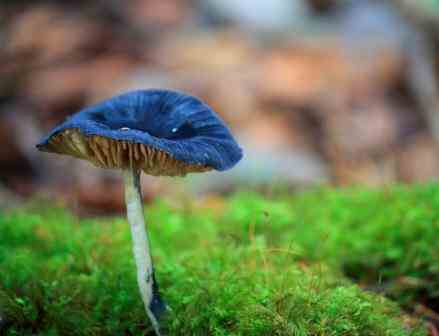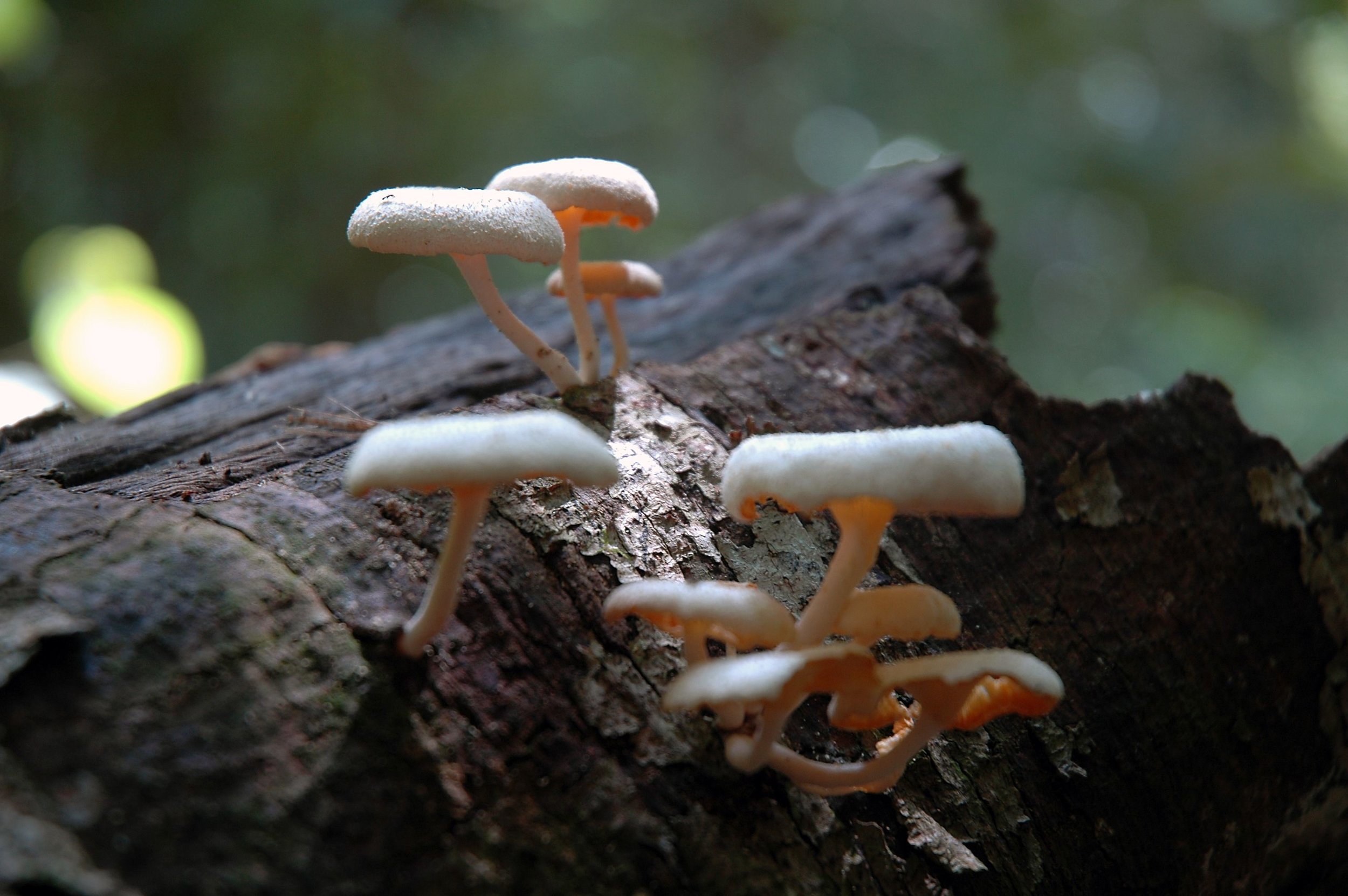The new face to the Pangkalan Bun Indonesian office is Pak Arie. As our new manager for Pondok Ambung - Station for Tropical Research. The research site has been vital for many studies since 2005, including proboscis monkeys, fish, butterflies, the false gharial, orangutans and the stunning variety of bird life. Please do share on this post with your friends and family! Check out our facebook account and twitter account to keep in touch with us!
Pak Arie has already been a good addition to the team, keen to develop Pondok Ambung – new posters have been sent out to Indonesian universities about the research grants available – and you in the UK can apply too! Pak Arie recently re-surveyed the site, telling us more about two less studied species…
We think of tarantulas as primarily South American, but Borneo also have their own species - the Sweet Brown Tarantula (Aphonopelma Sp.).
 Our team regularly see these nests in the day time, but would have to wait till dark to observe these arachnids nocturnal behaviour.
Our team regularly see these nests in the day time, but would have to wait till dark to observe these arachnids nocturnal behaviour.
We are proud of the work we are doing on the ground, but there what about species living on the ground?! The Ling Zhi mushroom (Ganoderma sp.) was recently highlighted as an important species growing at Pondok Ambung.

Within tropical areas, there is a high species diversity of macroscopic fungi, mostly unstudied within remote Indonesian forests. Data and literature on macroscopic fungi generally details those in subtropical regions that have different qualities than those in the tropics. Fungi perform essential role in maintaining the balance and composition of the soil, acting as a decomposer, which in turn helps fertilization. Fungi also can be used as drugs for their multiple medicinal uses. For example, Ling Jhi are fungi that have been cultivated in many countries such as Japan and China. Since 1999 these fungi have been used by an Indonesian company as herbal ingredients.
Swimming peacefully through the rivers near Pondok Ambung, the black rayed softshell turtle (Amyda cartilaginea/ Trionyx cartilaginous or Labi-labi in Indonesian) might pass you by.

Turtles can be studied around the pier of Pondok Ambung. These are stunning creatures when you look at their shells, but with odd faces! They are active either day or night, usually requiring a muddy area to lay and hatch their eggs activities. Listed as vulnerable by IUCN, it’s always welcome news when we hear about sightings from the field. Pictured here, the team are measuring the turtle for our research records.



